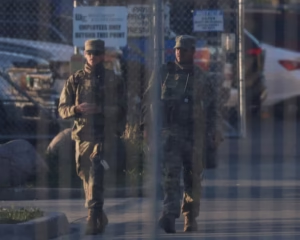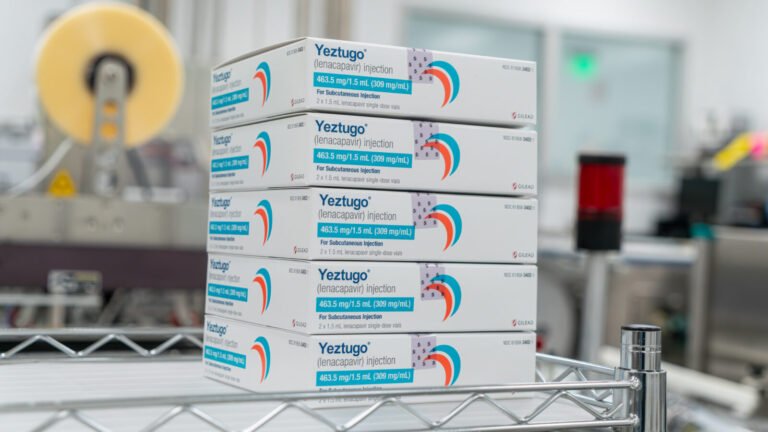The world has entered a new era in the fight against HIV with the approval of a groundbreaking drug that provides protection through just two injections a year. This new method, known as twice-yearly HIV prevention, promises to simplify protection for millions at risk and may significantly reduce new infections.
At the center of this innovation is a drug called lenacapavir, developed by Gilead Sciences. Approved by the U.S. Food and Drug Administration in 2024, it is the world’s first and only twice-yearly injection for preventing HIV. This injectable treatment marks a major advance over traditional prevention methods, which often require daily pills or injections every two months. Lenacapavir provides six full months of protection with a single dose, making it the longest-lasting HIV prevention option currently available.
Lenacapavir is a type of medication called a capsid inhibitor. It works by blocking the HIV virus’s protective shell, called the capsid, interfering with multiple stages of the virus’s life cycle. By stopping the virus from working properly, it prevents infection from taking hold in the body. Clinical trials have shown that lenacapavir is extremely effective. In studies involving people at high risk of HIV infection, the drug nearly eliminated new cases. These results outperformed those seen with daily oral pre-exposure prophylaxis, or PrEP, which some people find difficult to maintain due to daily reminders or fear of being judged for taking HIV-related medication.
The twice-yearly HIV prevention shot could be a game-changer for groups who struggle with consistent access to healthcare or face stigma. Many individuals at risk, including men who have sex with men, transgender women, and people living in areas with high HIV rates, have difficulty visiting clinics regularly or staying on daily medication. The reduced need for medical visits makes this option more convenient and potentially more accessible.
Greg Millett, public policy director at a leading AIDS research foundation, stated that this form of prevention has the potential to end HIV transmission. The simplicity of the treatment, combined with its effectiveness, means that more people may stay protected, helping to lower infection rates in communities around the world.
Until now, HIV prevention methods have included condoms, daily pills, and bimonthly injections such as cabotegravir. Each of these has strengths but also challenges. Daily pills, for example, require high levels of adherence and can be a burden. Cabotegravir, another injectable option, is administered every two months but still requires six healthcare visits per year. Lenacapavir changes the landscape by cutting those visits to just two.
Despite its promise, there are still major challenges ahead. One of the biggest is accessibility. While the drug has been approved in the United States, many countries are still waiting for regulatory clearance and global health endorsements such as prequalification from the World Health Organization. Even in the U.S., recent cuts in healthcare funding, public health services, and foreign aid programs could limit the number of people who receive this treatment. The high cost of new medications like lenacapavir may also make them difficult to obtain for low-income individuals and those without insurance.
Still, public health experts see lenacapavir and twice-yearly HIV prevention as a critical step forward. Although there is still no vaccine for HIV, this new option gives people at risk more freedom and flexibility to protect themselves. It also offers healthcare providers a valuable new tool in reaching vulnerable communities.
With HIV still affecting millions of people around the world, long-acting solutions like lenacapavir bring new hope. As the global health community works to make this shot widely available, the prospect of reducing HIV infections through simple, long-lasting prevention is closer than ever before.







